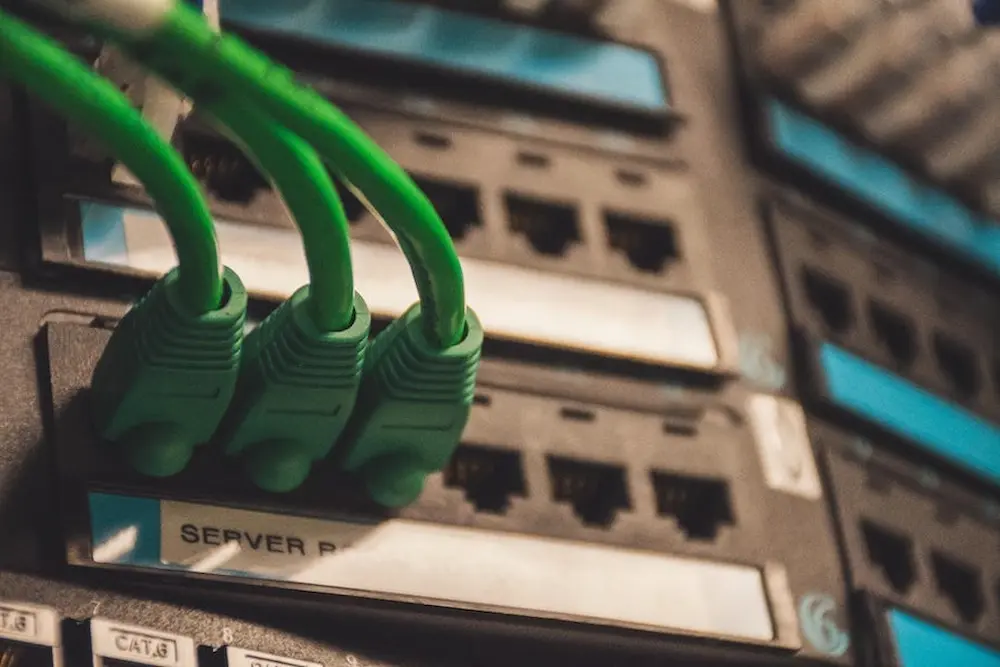The Benefits of Structured Cabling
- 02 Feb, 2023

Whether you’re building a new office space or looking to improve your current setup, Structured Cabling Solutions are essential. Structured cable systems ensure that your network runs optimally and allows you to make changes in the future as your business grows and needs change. Since structured cable systems are standardized, they’re easier to install, maintain, and repair.
In this article, you’ll learn about structured cabling, the components of a structured cable system, and the benefits of this method.
What Is Structured Cabling?
Structured cabling refers to a standardized method of installing and maintaining cabling systems for communications such as data, voice, and video. It includes both the physical infrastructure, such as cables and connectors, as well as the organizational systems and practices used to manage and troubleshoot the network. The goal of structured cabling is to create a reliable and efficient network that is easy to install, modify, and troubleshoot.
There are a variety of components and equipment that make up a structured cable system, including the following:
-
Cables. These are the physical wires used to transmit data and power between devices. There are different types of cables used in structured cabling, including copper and fiber optic cables.
-
Connectors. These devices are used to connect the cables to the devices and equipment. They can be plug-and-socket connectors, or they can be more complex devices like patch panels or hubs.
-
Patch Panels. These are devices that allow you to connect different cables together. They typically have a number of ports, each of which can be connected to a different cable. They are used to organize and manage the cables in a structured cabling system.
-
Racks and Cabinets. These are the physical structures that hold the devices and equipment in a structured cabling system. They provide a secure and organized environment for the devices and equipment.
-
Cable Management. Cable management refers to the various tools and techniques used to organize and manage the cables in a structured cabling system. This can include things like cable ties, conduits, and cable trays.
These components require physical spaces, enclosures, and entrances to house and connect a structured cable network. For example, an entrance facility is required to allow the telecommunications service to enter the building. An equipment room is needed to house servers, patch panels, and other devices that need to connect to the telecommunication service. The company that installs your structured cabling can explain the different functions of the rooms and connections that make up your system.
The Advantages Of A Structured Cable System
There are several advantages to having a good structured cable system in your building, including:
-
Improved network performance. A structured cable system can improve the performance of your network by providing a clear and organized pathway for data to travel through. They use high-quality cables that support faster data transfer speeds, which also contribute to optimizing your network.
-
Scalability. Structured cable systems are designed to be scalable, which means that they can easily be expanded or reconfigured as your business grows. This makes it easy to add new users and devices to your network without disrupting your current setup.
-
Reduced downtime. With a structured cable system, it is easy to troubleshoot and fix problems, since cables are organized and labeled consistently. This method of organization can reduce downtime and minimize disruptions to your business.
-
Future-proofing. A structured cable system can support current and future technologies, such as Gigabit Ethernet and 10 Gigabit Ethernet, which means that your business can take advantage of the latest advancements in technology.
-
Cost-effective. A structured cabling system can be more cost-effective in the long run, as it is easier to add, change, or remove connections without having to re-cable the entire facility.
All buildings that require an efficient and reliable network structure can benefit from structured cabling. It’s useful in office buildings for connecting phones, computers, servers, and other devices that a business needs to operate. Educational facilities often use a structured cable system to connect devices in classrooms and labs. Hospitals and medical facilities also benefit from a structured cable system so that doctors and nurses can efficiently access patient records, communicate with staff, and perform other important aspects of their jobs. It might even be the best option for some residential buildings.
Are you interested in learning more about structured cable systems? There are many components to structured cabling, which make it an efficient and reliable way to connect your devices. There are many advantages to choosing this system, as your network will experience improved performance, and you’ll easily be able to scale as time goes on and your needs change. Many buildings can benefit from this kind of system. If you think a structured cable system is the right choice for your office or other building, find a company that can install one for you.


